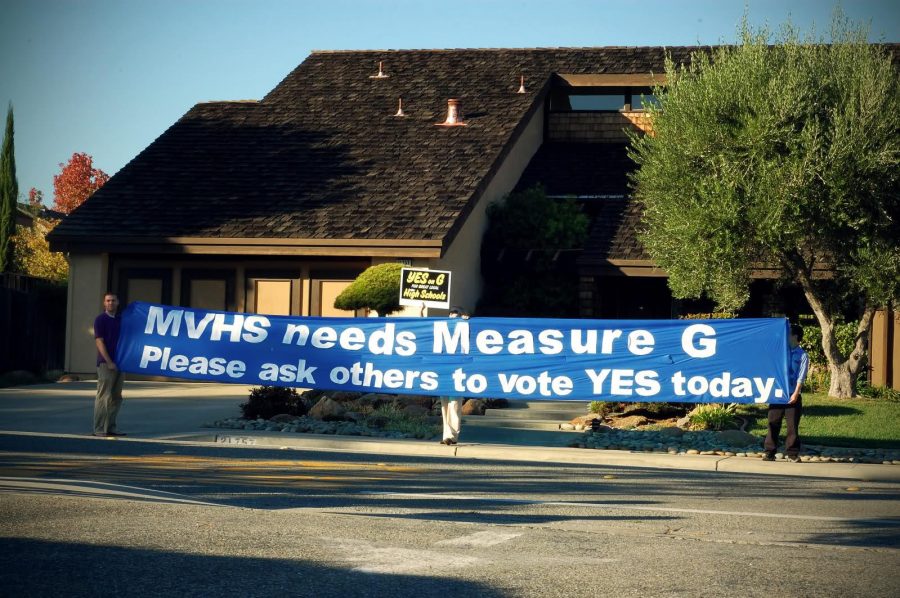Not enough was done in response to community concerns
The votes are in, but 50 teaching positions, the district class size reduction program and some AP and honors classes just might be going out. Measure G didn’t pass in the Nov. 3 election, but it’s not the fault of ignorant voters or corrupt bureaucratic officials. Changes needed to be made and voters’ concerns should have been addressed more explicitly in the campaigning process.
District staff, teachers, PTSAs, community members and students had gathered weekly to deliver informational fliers door-to-door and to hold signs on the sidewalk to tell drivers and passerby that they should vote "Yes on Measure G". In the evenings before Nov. 3, volunteers swarmed local offices to call each and every registered voter with a student attending an FUHSD school to find out whether they would be voting yes on Measure G.
There lies the problem: although we were active, we were not responsive. Sure, some persuasive methods were used, but on the whole, the campaign strategy was one of giving and collecting information, not reacting to it.
Inevitably, the economy played a large part in the formulation of the measure, as well as its downfall. While the California budget was being reassessed, the district realized they could not possibly rely on state funds for the future. What they overlooked was the reluctance of community members, some of whom had lost jobs or had increases in college tuition, to pass an endless tax. 
Additionally, the community’s concern over the term "endless" should have been handled by the district more effectively. Passing the parcel tax without an end date was intended to decrease district tensions and save the approximately half-million dollars used each time a measure is placed on the ballot. However, the collection of Measure G funds could have been stopped by the Board or recalled by voters, a fact that was not brought to the forefront of the debate.
The community is not free of blame, however. Countywide, only 34 percent of registered voters voted. If the district decides to put Measure G on the ballot again next November, it is hoping for a larger voter turnout, as the election will be a gubernatorial election. The district will continue working with its campaign tactician on the matter, however, as placing the measure on the November ballot might result with the measure being overshadowed.
The current parcel tax, Measure L, that Measure G aimed to extend will end in 2011. As the results stand, the district will be losing about five million dollars each year.
To account for a smaller budget, administration is looking into making cuts with programs, classes, staff and salaries. Programs such as Leadership could shift to become after-school activities, as Yearbook did after an earlier budget cut. Classes not necessary for graduation requirements are likely to go first, such as electives, honors, and AP classes, and accordingly, teachers would be laid off. Although the district has announced that it will not be releasing teachers this year, when it does so, the district would have to fire teachers based on seniority.
Although they may seem like efficient ways to save money, these options only hurt students, in terms of education and overall high school experience. With class sizes already stretched to their limit and students becoming only more competitive, teachers for a variety of classes can only be seen as vital for students and their education. Additionally, ASB Leadership is instrumental in organizing rallies, dances, Homecoming, clubs, campus appearance, daily video announcements, staff brunches and other events such as the upcoming Blue Pearl.
Measure G needed to pass, if only for the benefit of our schools and students. However, glaring errors and missteps in the construction of this measure and the campaign did not make this choice easy for the community. Our only hope is a distinct reaction from the district come next election.








